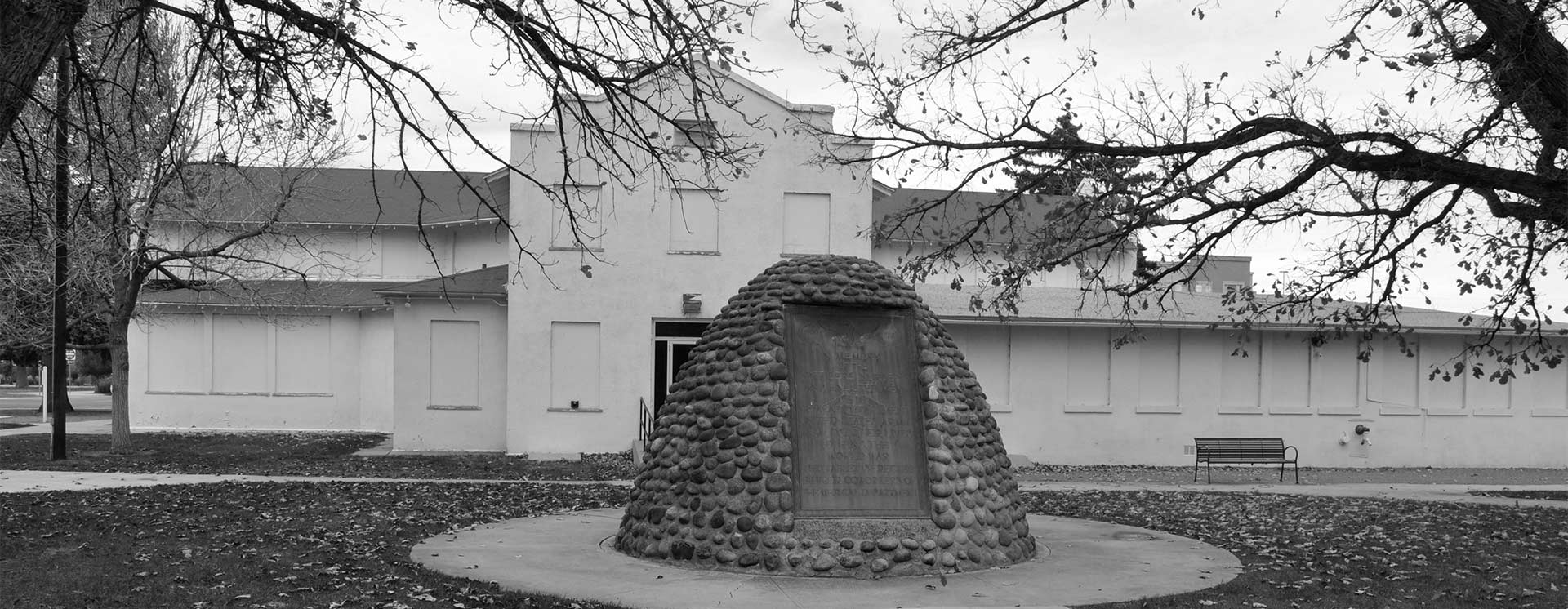
World War One Sites - The NETWORLD Database
World War I Military Cemetery 2.– Pécs public cemetery
A six-pillared exedra surrounds a central statue depicting Jesus Christ, who is supporting a dying soldier, their glances meet. This is one of the world war memorial archetypes. The sculpture by Mihály Kapás Nagy is made of limestone. The inscription across the top of the exedra reads: 1914 For the heroes of the world war laying here at rest – public of Pécs royal free city 1918 (1914 A világháború itt pihenő hőseinek – Pécs szab. kir.város közönsége 1918)
Hungary,
Type of WWI-heritage
- War monument
Dimensions
~6m
State of repair/preservation
Well preserved – needs partial renovation/re-arrangement – derelict
Renovated in 2013 (by Gyula Illa Sr.and Gyula Illa Jr.)
Historical WWI Context
Within 4 bigger parcels there is a military cemetery in the public cemetery for the soldiers of 12 different nations who died in the World War I and II.
Historical Images
State of legal protection
Protected (Ruled by the Act LXIV of 2001: https://net.jogtar.hu/jr/gen/hjegy_doc.cgi?docid=a0100064.tv
Owner
Public property
Kind of cultural use of WWI
No data available
Opening
The Public Cemetery of Pécs Between April till November is opened from 6.a.m. until 20 p.m. From November till April from 7 a.m. till 17 p.m.
Entrance Fee
There's no entrance fee.
Information regarding cities, villages, other touristic attractions (non-WWI) nearby
The city of Pécs is home to countless tourist attractions. It has been inhabited since the Roman ages, when it was called Sopianae. One of the main tourist attractions is the Early Christian Cemetery which was added to the UNESCO World Heritage List in 2000. This heritage site can be accessed through the Cella Septichora Visitor’s Centre. Medieval relics can be found in the Dóm Museum. The present neo-romanesque cathedral was built at the end of the 19th century. During the 16th century Pécs was occupied by the Turkish, and the modern cityscape has preserved some of its built heritage. The main attraction is the mosque of pasha Gazi Kasim, which is found on the main square (Széchenyi tér) of the city. Another important element of Pécs’ heritage is Zsolnay porcelain, their legacy being carried on and rejuvenated by the founding of the Zsolnay Cultural Quarter, which has become a new cultural scene in the city. Further tourist information about Pécs can be found at: http://www.iranypecs.hu/en/ and http://www.zsolnaynegyed.hu/
Accomodation
Various providers in broad range of categories can be found at: booking.com; szallas.hu
Search: Pécs, (Baranya, Hungary)
Public Transport
Pécs can be accessed by train and coach also. InterCity trains leave from Budapest, Keleti pályaudvar (Eastern railway station) every two hours. The trip is 3 hours long. Timetables can be found at https://www.mavcsoport.hu/en. Coaches leave from Népliget Bus Terminal (https://www.volanbusz.hu/en/travel-information/our-stations/budapest#nepliget), the trip is about 4 hours long. Coach timetables can be found at www.menetrendek.hu and clicking on “csak Volán járatok”.
To reach the Pécs public cemetery: local Pécs city bus lines 6,7, and 41 can be taken to the stop “Temető északi kapu”. Timetables are available at: http://mobilitas.biokom.hu/en/home
Further information sources
Other heritage sites nearby
Museums Private Collections
The WW1 military cemetery of Pécs was founded in 1928 on the grounds of the public cemetary. The present memorial sculpted by Mihály Kapás Nagy, a resident sculptor of the Zsolnay factory, was erected in the place of a previous memorial column.
Already in the first year of the war, the Hungarian National Association of Applied Arts and the National Commission for the Commemoration of Heroic Memorials (HEMOB) announced a call for war memorials. In 1917 Article VIII. mandated all villages and towns to inaugurate artistic statues and memorial plaques. Template albums were issued, and the objective was for the memorials to not concentrate on mourning the dead, but instead inspire and stir heroic momentum.
World War I Military Cemetery 2.– Pécs public cemetery
46.0533393 18.2335281 fileadmin/res/images/layout/standar-marker.pngLocation
